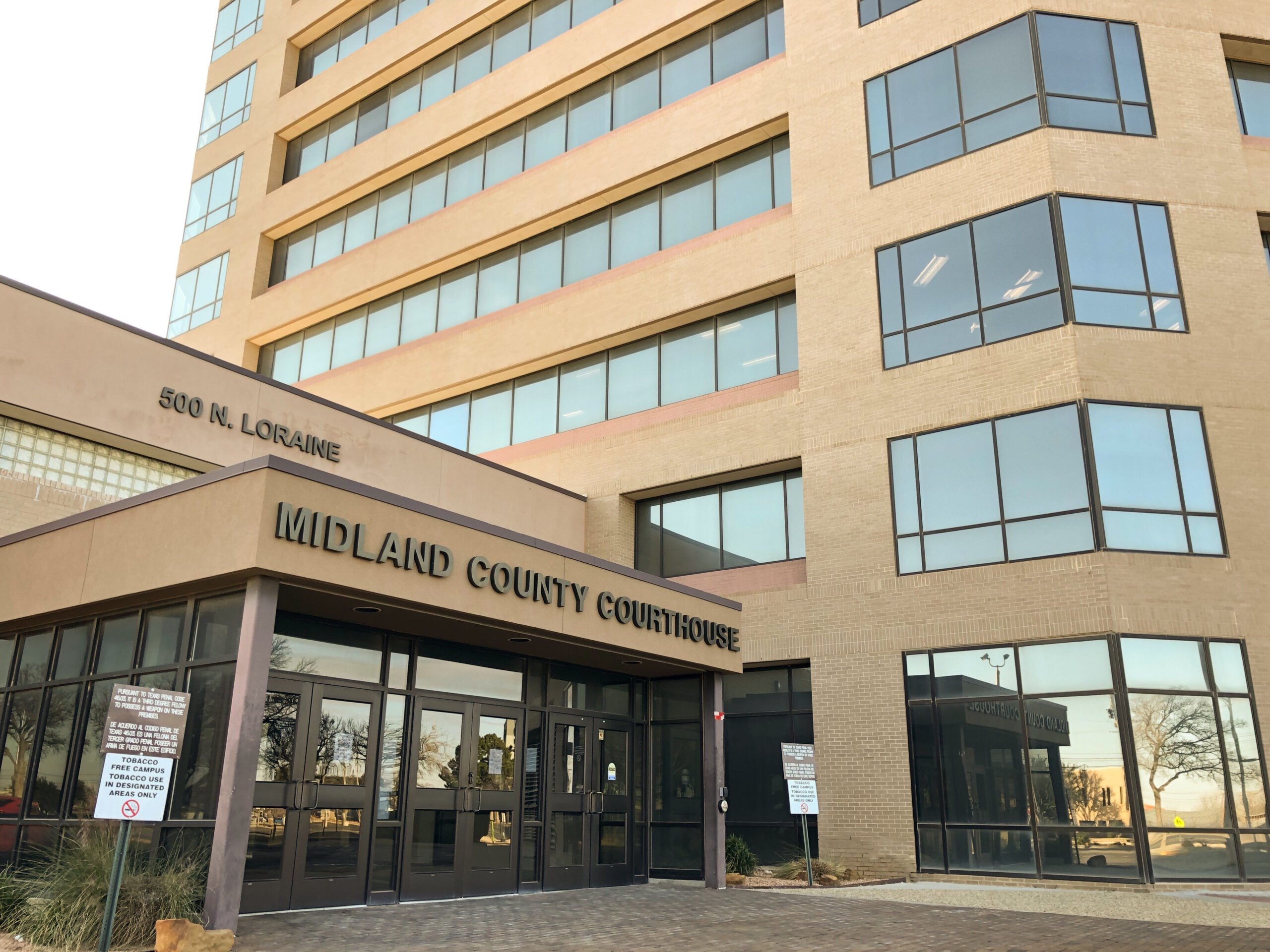ustxtxb_obs_1997_07_04_50_00006-00000_000.pdf
Page 6
A Is the grass greener? Behind the milk-in-progress, a Borden Chemical & Plastics plant in Geismar, Louisiana Greenpeace of PVC, the Vinyl Institute \(an industry trade and public relations dioxin. According to industry memos, the group formed’ an “Incineration Task Force” under the auspices of Director Bob Burnett to combat the threat of regulation, and commissioned the Ohio engineering firm of Dr. H. Gregory Rigo to conduct a preemptive study. In a 1994 memorandum written by OxyChem representative Don Goodman, Rigo is described bluntly as “user friendly \(i.e., willing to set his priConsidering its principal author’s bona fides and the Vinyl Institute’s $150,000 contribution to the study \(published by the that the Rigo report found conclusions markedly different from those of Greenpeace and the EPA. The study, based on controlled, one-time incinerator stack tests known as “trial burns,” found no relationship between the chlorine in waste feed and dioxin produced by incinerators. According to Greenpeace, the study was marred by several built-in flawsamong them faulty statistical methods, a lack of multiple-factor consideration, and the fact that it ignored the relationship between the total quantity of chlorine fed into incinerators and the amount of dioxin released. Kip Hawlitt, director of the Chlorine Chemistry Council \(an umconsidering such factors as the quantity of chlorine contained in waste feed, groups like Greenpeace are “not going to accomplish anything,” because proper incinerator design and operation are the only factors which determine a combustor’s dioxin output. But Charlie Cray of Greenpeace’ s U.S. Toxics Campaign describes the Vinyl Institute’s study as “deception by design.” Cray says that in focusing on data from wastes known to contain little dioxin \(such nothing. “They’re like the drunk and the lightpost,” Cray says. “He goes looking for his keys but he doesn’t look by the car; he goes to the lightpost because that’s where the light is.” Instead of the “output” approach used by both the Vinyl Institute and the EPA \(focusing on dioxin discharge and pollution control at terials-based” approachfocusing on the substances \(such as evitably lead to dioxin production throughout their lifecycle. By eliminating such substances from the chemical equation, Greenpeace argues, dioxin production in environments as diverse as vinyl factories, medical incinerators, and accidental fires could be reduced to virtually zero. With its new 1997 reports, Greenpeace has at least momentarily wrested control of the dioxin debate from the hands of the vinyl industry, bringing to light both the flaws in the industry study and the extraordinary amounts of dioxin produced by PVC factories up 6 THE TEXAS OBSERVER JULY 4, 1997


